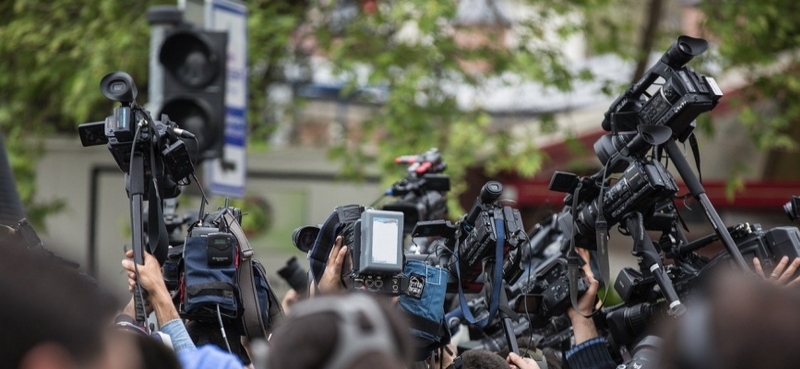It’s hard to imagine a time in recent history when we’ve experienced a greater gap in trust. Consumers are being exposed to more and more disinformation and misleading content, and the result is a crisis in “truth decay” that has far reaching implications.
As media industry professionals, we are on the front lines. Where we spend our media dollars not only influences the performance of our brands, it also influences the sustainability of responsible media outlets that consumers trust.
These sentiments are what TRUSTX President and CEO, David Kohl, shared in a recent BEET.TV interview about this year’s collection of events that have impacted both advertisers and publishers, and more importantly, have elevated the responsibility we all have to responsible media.
Our “why” moment
This year has been challenging, thanks to a confluence of COVID-19, a charged political climate and ongoing competition from tech platforms. But it is this tide of events that is forcing us to step back, rethink how we do things, and ask “why?” “They’re individually big deals, but the disruption associated with the collision of them all, in such a short time span…is causing us to re-examine our values,” Kohl says, putting COVID-19 and racial injustice in the same melting pot of rapid change. “Many of us in the industry are stepping back and asking ourselves, ‘Why?’ ‘Why are we advertising the way we do?’ ‘Why are we investing here, but not there?’ ‘Why are we following a certain playbook?’
“Those are good questions to ask. It’s good that this set of crises is forcing us to ask those questions because it’s beginning to surface a realization that the way we’ve been doing business for so long has actually been contributing to a breakdown in trust.”
The need for news
“In the news environment, I think we are facing an existential crisis that I call ‘truth decay,’ and it’s not going to suddenly fix itself,” Kohl says. “So this is why I think that it’s time for advertisers and agencies to lean in and begin to more actively support news.”
Kohl says 1,800 local news organizations have shut since 2004, with US newsrooms shedding 25% of staff in the last decade and social media platforms having emerged as the leading news distributors.
Supporting news is critical, and here’s why: news performs for brands, reaches influencers with $2.5T in spending power, and is both brand-safe and engaging. In fact, time spent with digital news is up 93% since 2017. Kohl uses statistics to show just how impactful advertising in news can be:
- Professional news reaches 95% of American families and 100% of this coveted 25 to 50 year old demographic.
- News indexes highest against what we call super influencers, these are high-income, highly educated audiences that represent about $2.5 trillion in buying power.
- Engagement with digital news has nearly doubled in the last three years, time spent is up 93% in that same period of time.
- Comscore found that, when you advertise in these environments, your ads perform 300% better than in the open web.
A buyer comeback
Earlier this year, many ad buyers turned away from advertising against COVID-19 news stories, even whole news sites, fearing negative association. Much research has since proven that consumers do not form negative brand perceptions from such adjacencies.
That coincided with many publishers dropping subscription paywalls to entice an influx of new readers to convert to customers – what Kohl calls a “perfect storm” for revenue turbulence. “We’re actually starting to see the dollars come back in,” says Kohl. “Coming to the end of May, June, and now through the summer, we’ve seen much higher sell through rates and even higher CPMs in news, which I think is really important and a really good sign.”
This article was originally published by BEET.TV as a segment in their series titled Programmatic Buying: Accountability & Transparency in Focus presented by MediaMath.




